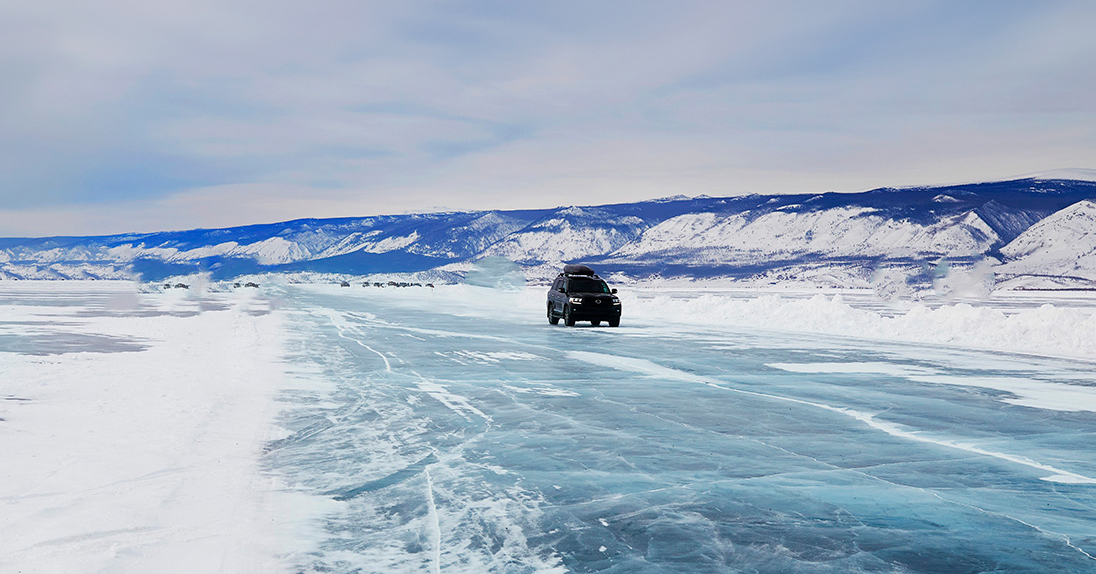Ice skating and ice hockey are popular for a reason: it's a lot of fun to glide over ice at high speeds. When you're in a vehicle and the road is coated with ice, though, it's not so much fun.
Driving in the snow and driving on ice have many parallels. In these instances, for example, you should drive carefully and steadily, avoiding any rapid acceleration or braking. When it comes to learning how to drive in icy road conditions, there are a few things to keep in mind.
Snow is simple to notice, which is one of the key contrasts between it and ice. Black ice, on the other hand, blends in so nicely with the road's colouring that it's frequently not seen until it's too late. Using your automobile thermometer as a reference is a smart idea. If the ambient temperature in the air is near to freezing, you must exercise extreme caution.

For the health of your tyre, when driving in icy conditions, you should allow as much distance between you and the automobile in front of you as feasible. This may be five times more than if you were driving on dry roads. So, if you regularly stop at 23 meters while driving at 30 mph on a bright day, stopping at the same speed on ice would take at least 230 meters.
If you do encounter a patch of ice and begin to skid, steer in the same direction as your car's rear wheels are sliding. Turn your steering wheel to the right if the back of your automobile is moving in the same direction as your right shoulder. Steer to the left if the rear is sliding in the same direction as your left shoulder. Never take your hands off the wheel or stamp your foot on the brake, since this may cause your wheels to lock up.

Hailstorms may be accompanied with icy conditions. Because these may reduce visibility, it's a good idea to pull off the road if it's safe to do so, preferably stopping somewhere protected, such as beneath a bridge. Direct your automobile toward the hail so that the bulk of the force lands on your windshield rather than your side or rear windows. Other windows cannot protect you as well as your windshield. Before resuming your journey, wait for the hail to subside. Carry a fully charged cell phone with you at all times so you can alert others if the car breaks down.